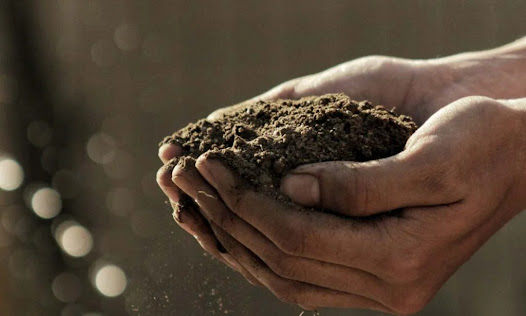TYPES AND PROPERTIES OF NON-WOVEN FABRIC
Speaking about the nonwoven fabrics, these are the most versatile materials or fabrics that you will find today in the market. Different from other substrates or fabrics made through weaving, knitting, or other methods, non woven material or fabric is engineered to perfectly meet the unique performance demand of the people’s different applications. Let’s discuss this fabric more in detail and understand its unique properties and types.
A Popular Fabric in Different Industries
This fabric is also called engineered fabric made from fibers or cur yarns. Non woven material is very porous, flexible, and comes with multiple layers of fiber.
The fibers may be preferentially oriented in a single direction or sometimes can be layered in randomly. In general, this fabric is bonded using thermal, mechanical, or chemical processes.
Raw Materials
One of the most common fibers is polyester. On the other hand, nylon and olefin are also used to attain a better level of strength. Besides, for absorbency, rayon and cotton are used. Some non-woven fabric manufacturers also use vinyon and acetate.
Fibers are chosen based on their performance and properties. Fibers of different groups and lengths can be blended together. Due to this, non-woven fabrics demonstrate some amazing properties.
Exploring the properties of non-woven fabric
Lightweight
As this fabric is produced from polypropylene resin, it is very lightweight. In fact, it will weigh around three-fifths of the weight of cotton. You will find it fluffy and smooth.
Very Soft
Non-woven fibers are made of fine fibers. As a result, the finished products will be comfortable and soft.
Water-Repellent
You all know that polypropylene chips are water-resistant. That means the water content will be zero, and the finished products will work great underwater in a moisture environment.
Non-Toxic
Non woven material doesn’t contain any chemicals. So, a cloth made of non-woven fabric will be non-irritating, odorless, and non-toxic. This is a major reason behind the use of non-woven fabric for wet pipes, makeup cotton, facial mask, and more.
Better Physical Properties
As different procedures are used to make non-woven, they demonstrate impressive physical properties and perform much better than normal staple fiber products. The strength of this material in horizontal as well as vertical directions is the same.
Air Permeable
As it has 100 percent fiber, a non-woven fabric cloth has better air permeability. Due to this, it will be easier for you to clean and keep the fabric dry.
Eco-Friendly
Polypropylene’s chemical structure is not that strong, and the molecular chain can be easily altered or broken. This makes it an eco-friendly fiber in the industry.
Different Types of Non-Woven Fabrics
Heat-bonded Non-Woven Fabric
This fabric is created through multiple processes, like adding sticky or fibrous reinforcement material to the fiber network, and after that, the network is reinforced into cloth through heating as well as cooling technique.
Spun bond Non-Woven Fabric
For this, the polymer material is extruded and stretched to create a continuous filament. After that, the filament is laid into the network, and the network is processed into non woven material through chemical or thermal bonding and reinforcement methods.
Wet-laid Non-Woven Fabric
To manufacture this type of non-woven fabric, the fibrous raw material is opened in an aqueous medium. Then, by combining different fiber raw materials, a fibrous suspension slurry is prepared. Once done, the slurry is then transported to a mesh-forming system, and the non-woven fibers are laid in wet conditions to create a cloth
Pulp air-laid Non-Woven Fabric
This is also called dry paper or dustless paper. It is created using air-laid technology. Using this technology, the fiberboard of wood pulp is converted into a single fiber, and then, utilizing the airflow technique, fiber agglomerate is created on a net curtain. After that, the fiber web is then converted into cloth.
Stitch Non-Woven Fabric
This is another common type of dry non woven material that is generally manufactured using a wrap knitted loop structure to create a fiber web and different non-woven materials to develop a non-woven fabric.
Final Words
Due to their amazing properties, the use of non woven material continues to expand. They are widely used for durable, disposable consumer goods as well as industrial materials. Many industries are shifting towards this material as this is perfect for different needs and also costs low.

Comments
Post a Comment